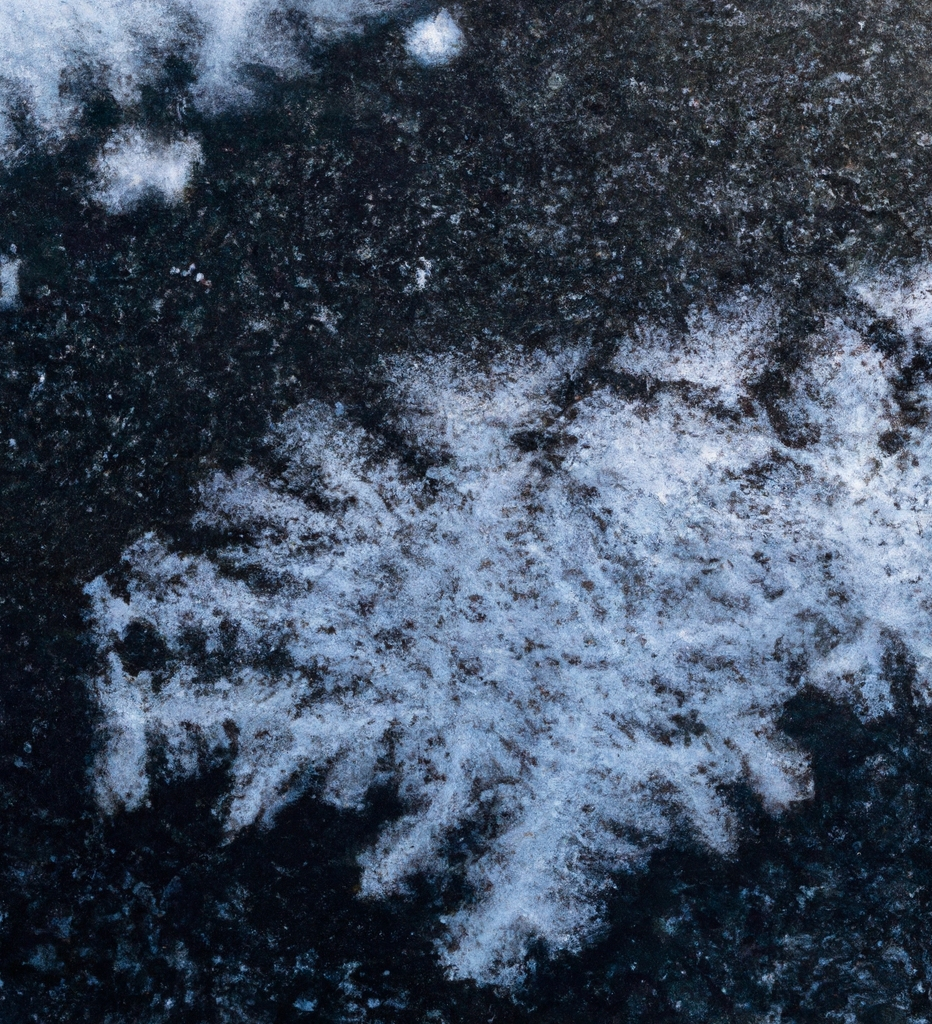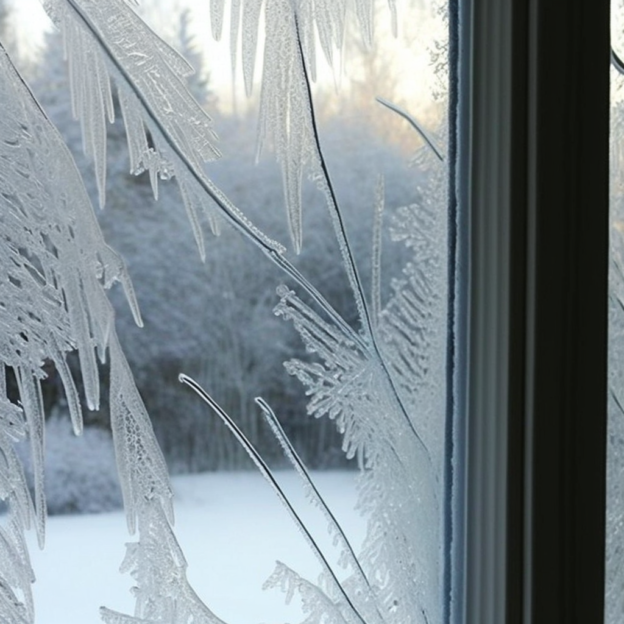Ice crystals are a magical part of winter, from the frost that forms on windows to the stunning frozen waterfalls that can be found in cold climates. But have you ever stopped to think about how ice crystals form and why they are so beautiful?

One of the most common types of ice crystals is frost. Frost forms when the temperature of a surface falls below freezing, but the air around it is still above freezing. As the surface cools, the water vapor in the air begins to condense on it, forming tiny ice crystals. These crystals grow and spread out, forming a thin layer of frost on the surface.
Frost is usually white or transparent, but it can sometimes take on a beautiful blue or purple color. This happens when the ice crystals are very thin and the surface they are growing on is dark. The dark surface absorbs the light, causing the frost to appear blue or purple.

Another type of ice crystal that is often found in winter is hoarfrost. Hoarfrost is similar to frost, but it forms on plants and other surfaces that are above freezing. It occurs when the air is very cold and dry, and the moisture in the air condenses on the plants or surfaces as the air warms up. Hoarfrost is often more delicate and lacy than frost, and it can be white, clear, or even pink or red in color.
Frozen waterfalls are another breathtaking example of ice crystals at work. When a waterfall is cold enough, the water will freeze as it falls, creating a column of ice. The ice crystals in the frozen waterfall grow in a similar way to frost, but on a much larger scale. As the water falls, it cools and the vapor in it condenses, forming ice crystals. These crystals grow and spread out, forming a layer of ice on the surface of the water. As the water continues to fall, more ice crystals form on top of the previous layer, creating a beautiful frozen cascade.

So the next time you see frost or a frozen waterfall, take a moment to appreciate the magic of ice crystals and the beauty they create in the winter world.
For today’s activity, let’s make our own frost! Here’s the article.


